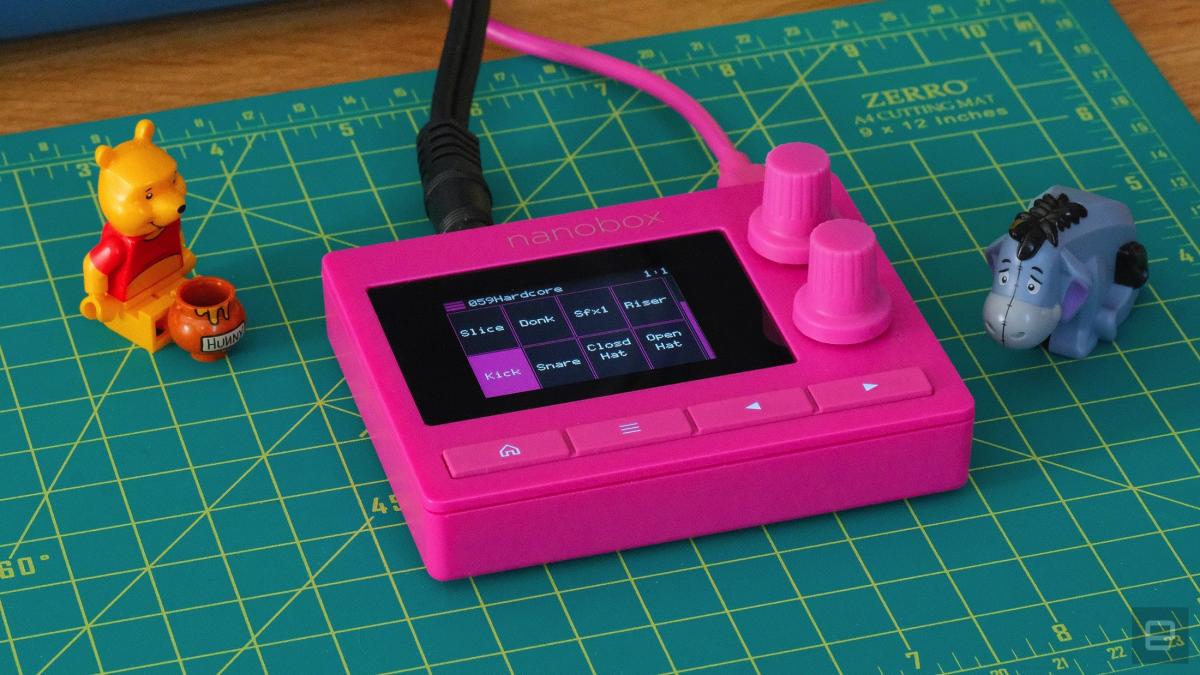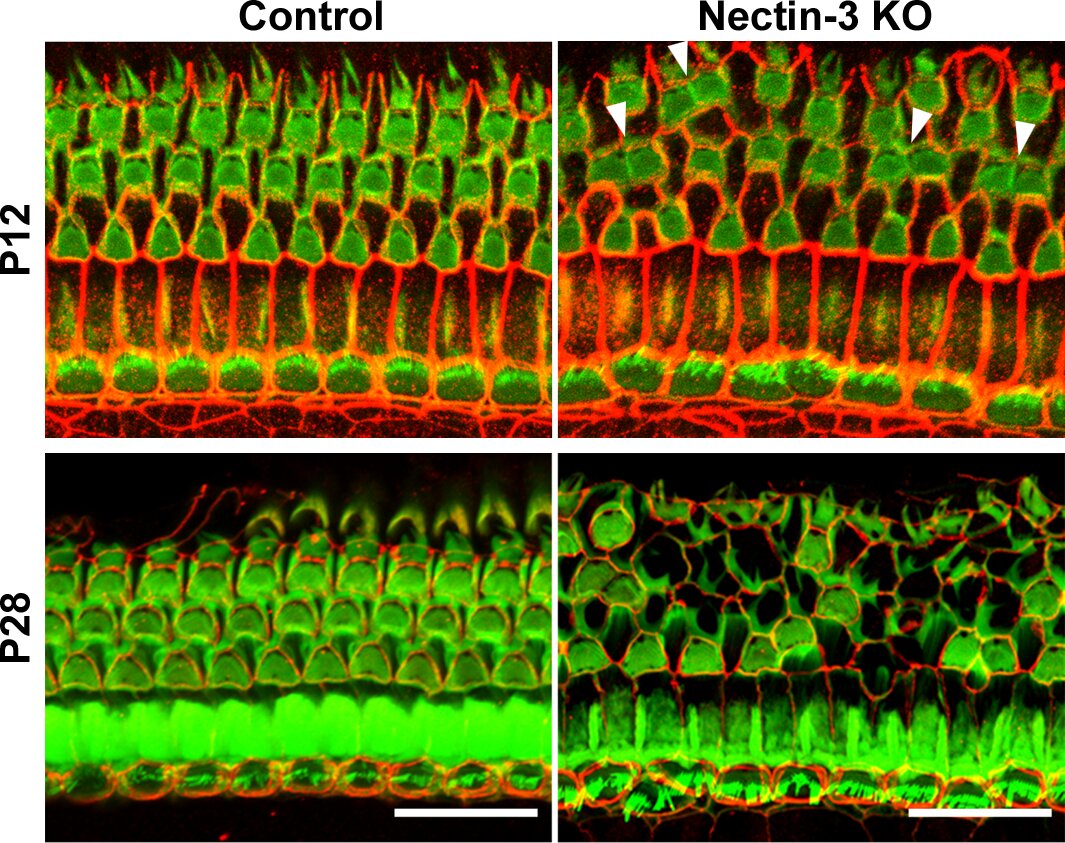
MicroBooNE offers state-of-the-art particle detection techniques and technology. The experiment studies neutrino interactions and tests models of a theorized fourth neutrino called the sterile neutrino. Credit: Reidar Hahn, Fermilab.
A new result from the MicroBooNE experiment at the US Department of Energy’s Fermi National Accelerator Laboratory probes the Standard Model, scientists’ best theory of how the universe works. The model assumes that there are three types of neutrinos. Yet for more than two decades, a proposed fourth type of neutrino has remained a promising explanation for anomalies seen in past physics experiments. Finding the theorized sterile neutrino would be a major discovery and a sea change in our understanding of the universe.
The new analysis compares data from the experiment to a model with a sterile fourth neutrino to test their compatibility. MicroBooNE scientists found no evidence of the long-sought sterile neutrino in the range of parameters explored.
The possibility that sterile neutrinos caused the as yet unexplained anomalies reported by previous experiments remains. These include measurements from the liquid scintillator neutrino detector at Los Alamos National Laboratory, the MiniBooNE experiment at Fermilab, and several radiochemical neutrino and nuclear reactor experiments.
“This is the first time we’ve checked whether our data fits a specific sterile neutrino pattern,” said Matt Toups, Fermilab scientist and co-spokesperson for MicroBooNE. “We have excluded large sections of the sterile neutrino parameter space allowed by LSND. But there are still corners where a sterile neutrino could potentially hide.”
While the most basic version of a sterile neutrino becomes less likely, other more subtle types of physics could be at play. For example, there could be a sterile neutrino working in combination with something else, like dark matter. Or there could be completely different explanations for the anomalies. Unexplained physics related to the Higgs boson or other physics beyond the Standard Model could be the cause.
“In this work, we found an important interaction between the appearance and disappearance of neutrinos, which had not been taken into account in previous experimental work. This has important consequences for the result of the research”, said said Xiangpan Ji, postdoctoral researcher at DOE’s Brookhaven National Laboratory, who is one of the co-leads of this analysis.
Like the 2021 results, the new discovery only uses half of MicroBooNE’s data set. Researchers will continue to search for potential sterile neutrino signals in future analyses. They will also extend their analyzes to the full data set.
The 170-tonne MicroBooNE neutrino detector collected data from 2015 to 2021. It recorded hundreds of thousands of spectacularly detailed 3D images of neutrino events. Nearly 200 collaborators from 39 institutions in five countries built and led the experiment and are currently working on data analysis. The collaboration plans to publish the first results from the full dataset in 2023.
MicroBooNE is one of three particle detectors that make up Fermilab’s Short-Baseline Neutrino program. ICARUS and the Short-Baseline Near Detector are the other two detectors. Together they allow detailed exploration of neutrino properties. In particular, they are examining neutrino oscillations at low energy and at short distances. The scientists hope that the combined measurements of these three detectors will completely resolve the anomalies in the neutrino measurements observed by LSND and MiniBooNE.
Next year, MicroBooNE scientists also plan to report sterile neutrino models using data from two neutrino beams of different energies, a unique feature of the Fermilab accelerator complex. Until now, this MicroBooNE result relied on neutrinos provided by Fermilab’s Neutrino Beam Booster, produced by protons with an energy of 8 billion electron volts (GeV). But the MicroBooNE detector also recorded neutrino interactions from Fermilab’s main injector accelerator, produced by 120 GeV protons.
“Our ability to explore sterile neutrinos and rare interactions will be enhanced when we add neutrino beam data from Fermilab’s main injector,” said Hanyu Wei, professor of physics at Louisiana State University and co-lead of the analysis of sterile neutrinos. “The interaction between the data from the two beams will be interesting, not just more statistics.”
In addition to addressing the question of sterile neutrinos, MicroBooNE will also look for other phenomena beyond the Standard Model and provide precise measurements of how neutrinos interact with matter.
“Neutrinos continue to be one of the strangest and most interesting particles. They are one of our best opportunities to study new physics beyond the Standard Model,” said Justin Evans, a scientist at the University of Manchester and co-spokesperson for MicroBooNE. “There’s so much incredible neutrino physics that MicroBooNE can do. We’re excited to see what else lies ahead in the data.”
Provided by Brookhaven National Laboratory
Quote: New analysis takes a closer look at the sterile neutrino (November 1, 2022) retrieved November 1, 2022 from https://phys.org/news/2022-11-analysis-closer-sterile-neutrino.html
This document is subject to copyright. Except for fair use for purposes of private study or research, no part may be reproduced without written permission. The content is provided for information only.
#analysis #takes #closer #sterile #neutrino



